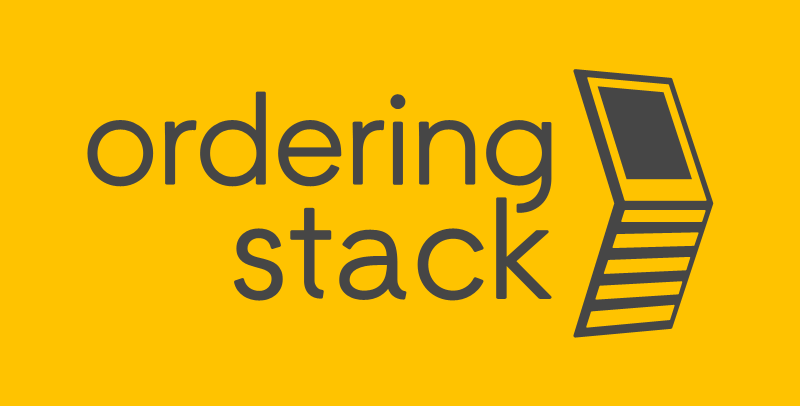Burgerista case study
I
Published: January 23, 2024
Burgerista case study
It is rare for a company to be completely non-digital, with both the ability and the will to do so. Most restaurant companies build their tech stacks incrementally, adding new blocks while trying to keep old ones in place. And that was the story of Burgerista.
Burgerista is a quick-service restaurant chain operating in Austria and Germany. The company makes burgers, and its main selling point is that it uses only the best meat.
The company was founded in 2012. As of the end of 2021, the chain had operated 21 stores in both countries. The locales can be found in the biggest shopping malls in both countries and in popular tourist destinations.
The challenge
The chain has started to see its tech stack’s limitations in a much clearer way than before the pandemic. Many companies had to speed up the digitization process because of how quickly online ordering tools grew and how users’ habits changed.
In this case, the challenge was to add the new features and functions to the existing system without losing traction or causing friction. Burgerista was in need of:
- Online ordering system
– the company lacked this functionality while having great delivery potential and a digital loyalty system already implemented.
- Integration of online ordering with POS
– the volume of orders and the scale of operations require Burgerista to implement as much automation as possible, including the POS-ordering system integration.
- Integration of online ordering with loyalty programs
– last but not least – the company has been already running a sophisticated digital loyalty program, delivered by a third-party vendor. The online ordering system to implement had to smoothly integrate with it.
After a review of several options, Burgerista decided to implement Ordering Stack.
Our work
Ordering Stack had to be carefully added to the system because of how things were at the beginning and because Burgerista already had some systems in place. The implementation has come with two main challenges to overcome.
Integration with POS: switching from Micros RES 3700 to Oracle Symphony
The Micros RES 3700 is a legacy point-of-sale system that was not designed to meet the needs of today’s fast food restaurants. Oracle Symphony, the next-generation POS system, on the other hand, is designed specifically for use in quick-service restaurants. The system itself can be seamlessly integrated with Ordering Stack system.
The challenge comes from the human side of the business. POS systems are frequently implemented to be cashier-facing rather than customer-facing. Thus, the system is designed to be supported by cashiers’ knowledge regarding the offer. The customer, who will have to order the meal with his or her own fingers, has much more limited information regarding the company’s offer.
So, the company had to work with experts from Ordering Stack to remap and redesign the offer before putting it into place to make it easier for end users to click through. Despite the challenges, it was possible to keep all the complicated and sophisticated Burgerista sets and bundles untouched. With everything in place, the new system was running and ready for Ordering Stack implementation.
Integration with the loyalty app
Even though the company didn’t have an online ordering system, it already had a successful digital loyalty program in place before Ordering Stack was put in place. With the app delivering results, it would be unwise to resign.
The team was able to add the new part to the Ordering Stack system by using webhooks, which are automated messages from one app to another that trigger the desired response. This structure makes it possible to run new processes on the front end, whether in a desktop or mobile browser or a mobile app. So, there was no need to change the app’s main function. The app stayed fully functional, and only an extra block was added.
So, there was no need to change the app’s main function. The app stayed a fully functional part, and only an extra block was added.
The effect
After five months of hard work, the Ordering Stack team has come up with a solution that works and can be used by customers to order food through a mobile app. One can choose a particular restaurant to order from.
The ordering process is integrated with the POS and Kitchen Display System (KDS). This results in making operations and workflow smooth and seamless. Basically, every order is smoothly sent to the KDS from a single queue.
This effect wouldn’t be so spectacular without the support from the Burgerista IT and marketing teams. The first one was helping with the whole process of implementation, and the second one has been very helpful in delivering product images and descriptions to make the online menu as appealing as possible.


